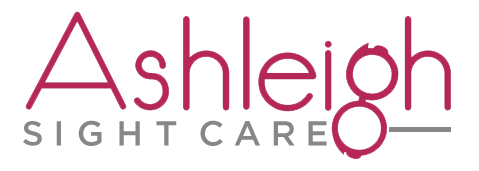In the UK, we have no accurate evidence-based idea how many people are registered blind in the UK and from what causes – the nearest we can get is that almost two million people in the UK are living with sight loss. Sadly, we have no real figures that tell us how many people are registered blind from Macular degeneration, Glaucoma or diabetic eye disease
Prevention of avoidable sight loss is recognised as a key priority for the WHO’s global initiative for the elimination of avoidable blindness by 2020 – Vision 2020 – The Right to Sight, to which the UK is a signatory and which is also a key priority for Vision 2020UK and the UK Vision Strategy. It is a particularly important issue in the context of an ageing population.
On 23 January 2012, the Government committed to tackling avoidable sight loss and, to begin the ball rolling, has launched Public Health Outcomes Framework and it will include an eye health indicator. This indicator will track the rates of three major causes of sight loss including glaucoma, age related macular degeneration (AMD) and diabetic retinopathy. In many cases sight loss from these eye conditions can be prevented if detected and treated earlier. At Ashleigh Sight Care, we are committed to specifically target these three major causes of preventable blindness by aggressively looking for early signs of these diseases. Inclusion of this indicator will ensure that avoidable sight loss is recognised as a critical and modifiable public health issue.
Research by the Royal National Institute for Blind People (RNIB) suggests that 50% of cases of blindness and serious sight loss could be prevented if detected and treated in time.
The OCT eye scanner is an instrument that WILL detect early changes in an eye associated with (or at risk from) potential blindness.
Prevention of sight loss will help people maintain independent lives as far as possible and reduce needs for social care support, which would be necessary if sight was lost permanently.
Whilst a routine eye test will pick up obvious eye pathology, there are tests and equipment available at our practices that allow us to investigate, monitor and track any minor changes and signs that could lead to blinding eye diseases. We are one of the few practices that possess eye scanners (OCT) that can view the innermost layers of the retina (the back of the sensitive film of the eye), giving us an advantage over the more eye photography (including digital and film photography). With the ability to view deeper into the retina, we have an advantage that early signs of eye problems can be isolated in their infancy, leading to earlier treatment and preserving as much sight as possible.
Lesley-Anne Alexander, Chair, UK Vision Strategy partnership and Chief Executive, RNIB said: “We are delighted the Government has turned the spotlight on improving the eye health of the nation. This is a major breakthrough for tackling avoidable sight loss. It should help prevent many more people from losing their sight and could potentially make significant savings for the new NHS. We look forward to working closely with the new NHS and Public Health England to make this vision a reality”.
Well …… we, at Ashleigh Sight Care have started our own ball rolling with our own clinical rollout of OCT imaging, digital eye photography and having access to our in-house experts with shared care certification in Glaucoma, Macular degeneration and other eye complications. Romsey, Fair Oak, Bishops Waltham and Portsmouth have OCT scanners – Portsmouth, taking advantage of a recent refit has just had a special room built that is dedicated to eye scanning. Southampton and Romsey practices have digital eye imaging equipment installed in the eye examination rooms

